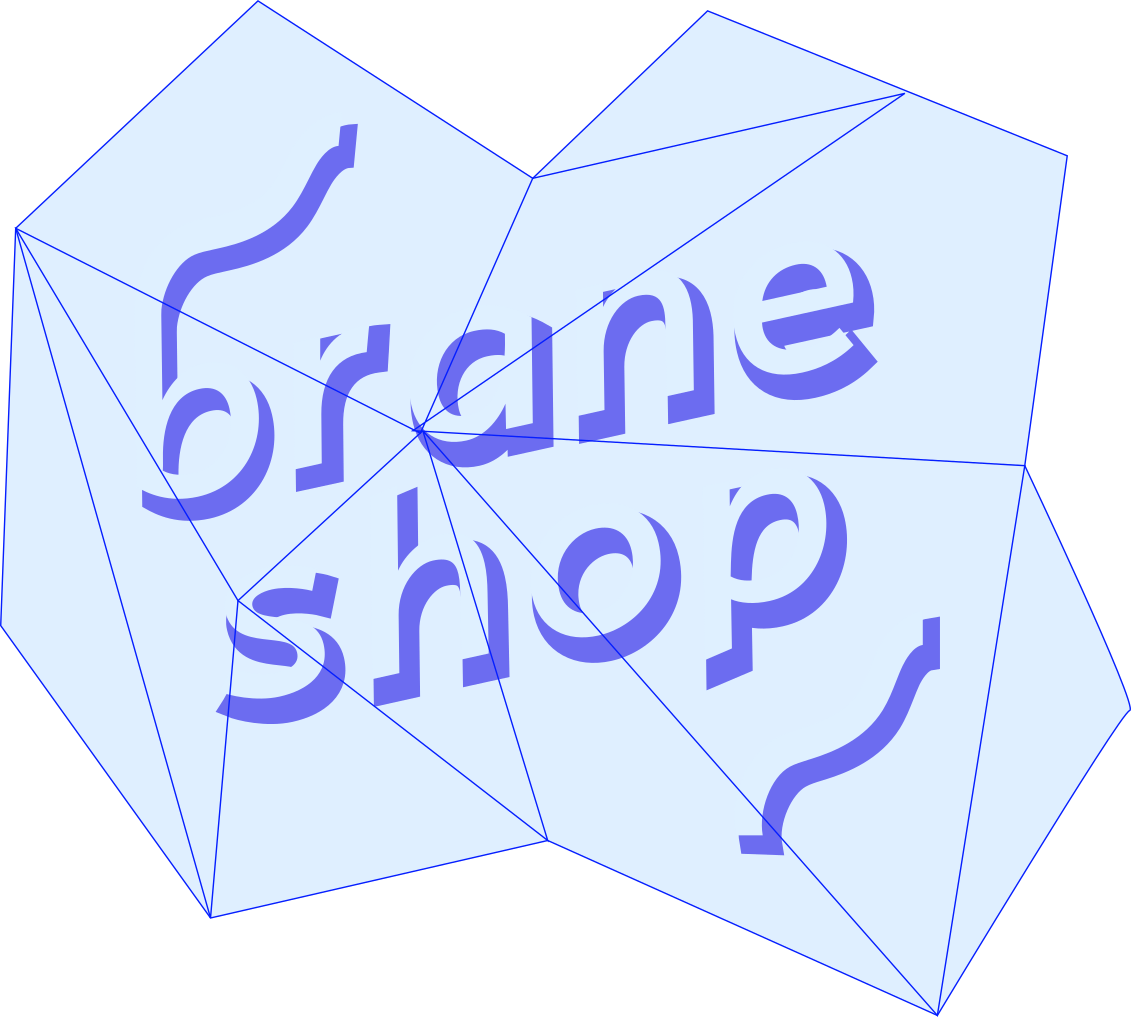Braneshop - "A Living Business" - Part 2 of 3

A summary of the key aspects of the Braneshop business.
- Part 1 of 3 - Inspiration
- Part 2 of 3 - The Idea: A Living Business (this page)
- Part 3 of 3 - Patterns for Braneshop
This post is inspired by the ideas laid out in first post in this series.
Idea: The Living Business
- Presence
From mindfulness, we recognise that the present moment is valuable. It’s where we live and work. It’s important to enjoy and value this moment.
For Braneshop that means acknowledging the present work. Enjoying the current workshop, the current group of people we’re working with, the current projects, the current activity.
We aim to have a present-mindset over a grow-the-business-mindset, as such, when we think about the future we aspire to work on projects we enjoy with people we enjoy spending time with. This is a shift from the business status-quo of outlining growth in terms of the people employed or the revenue earned.
We focus our efforts on doing business without compromising our value of the present moment — No short term compromises for long term gain.
Although we recognise that our actions now impact where we are as a business in the future, whatever path we take to get to the future, we should be present and enjoy every step, not just the final one.
- Adaptation over growth
We believe it is important to aim to fit in, in harmony, with the existing people and businesses around us. Our aim is to intergrate with, add to and support our nearest neighbours, and work outwards and “upwards”, collaboratively.
The way to do this is by adapting to what is around, rather than imposing growth objectives or specific agendas.
We believe in “starting where we are” and in making changes in small, incremental steps; in constantly exploring how we are doing, and making adaptations towards improvement.
Concretely, we believe that our aim should not be constant growth, or growth at all costs, but rather incremental adaptations based on diagnosis (see item 4, below).
A necessary part of adaptation is the willingness to change approaches; drop old ideas, identify mistakes and adjust course. All of this comes about via the process of diagnosis.
- Local focus over big goals
We believe we are part of a local ecosystem and we focus on making changes upwards that consider our surroundings, and deviate away from the idea of making prescriptive changes “from the top” downwards.
We strive to empower and benefit our local community. When we do things, we consider how well these match the needs of the people and businesses who are in our ecosystem. The focus of our business, is therefore, driven by what is around it, and who engages with us.
We believe in making smaller investments pursuing different ideas, than significant investments in just one or two ideas. This allows our growth to be organic and adaptive. Investing this way reinforces a local focus and is constrainted by the process of diagnosis (see next item.)
- Diagnosis over plans
We believe in incremental change, and to make it, we believe in periodically diagnosing where we are, what impact we are having and what needs attention. These incremental changes are our plan; it is, if you will, “the plan of no plan”.
We evaluate our business on different axes, and we follow the concept of “patterns” (see “The Timeless Way of Building” and “A Pattern Language” by Christopher Alexander and collaborators).
This process of diagnosis is developed in The Oregon Experiment.
These patterns are the essential elements of the business — they are measurable, and as such we can adapt over time, to create better agreement with the patterns. In this way we can adapt to changing environments. Patterns and diagnosis are, then, a useful tool for addressing problems and areas that need focus.
The patterns for Braneshop, and how to evaluate a business using them, will be the subject of the third post in this series.
- Stakeholders over shareholders
We are interested in our stakeholders — the people, businesses, and systems that are impacted by our actions. We don’t focus on shareholders.
We are interested in supporting the environment and people that help us to live. Our actions have impacts on everyone around us, and thus we need to be observant of such interactions, and use that information to change what we do.
We use the diagnosis approach to continuously engage the community, and we need to listen to everyone and adapt based on feedback.
We work on building empathy and understanding with the groups we work with and interact with.
Conclusion … ?
This is a work in progress.
I want to get feedback on this idea.
I’d love to know if you have any thoughts on this idea. I’m interested to hear them. You can reach out to me any time: noon@braneshop.com.au.
In the third post, we’ll explore the “patterns” for the Braneshop.
Special thanks go to Gala for significantly improving the quality and presentation of these ideas!

